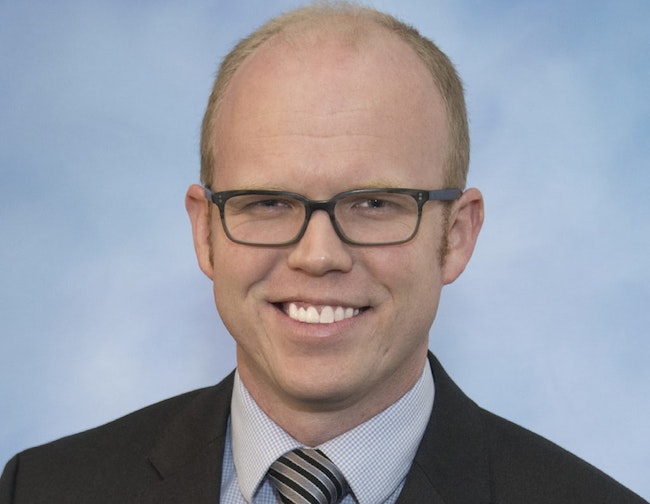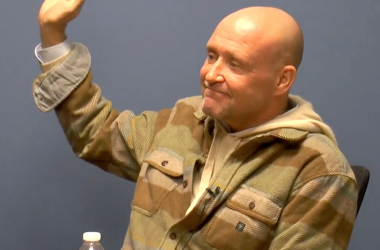 Dr. Michael Sjoding (Courtesy photo)
Dr. Michael Sjoding (Courtesy photo)
As Michael Sjoding began caring for more Covid patients in the spring of 2020, he noticed something concerning.
Sjoding, who was born and raised in Salem, is now a doctor specializing in critical care pulmonology at the University of Michigan Medical School in Ann Arbor. The university hospital was caring for more Black patients moved from overflowing hospitals in Detroit, and Sjoding saw that the fingertip monitor used to measure patients’ oxygen levels wasn’t always giving an accurate reading.
In patients with darker skin, the device, called a pulse oximeter, sometimes showed patients having more oxygen in their blood than a more sensitive test measuring blood directly from an artery.
The difference meant the device could show a dark-skinned patient was doing well when in fact their oxygen levels were dropping enough to warrant more medical attention, Sjoding said. That’s of particular concern during the Covid pandemic, because low oxygen levels are often a sign a Covid patient is taking a turn for the worse.
“This device is just so commonly used … the scope of the impact, it’s just huge,” Sjoding said.
He read an article in the Boston Review suggesting the problem was widespread because of the way the device was calibrated, using lighter skin as a default.
Sjoding and colleagues at the university decided to do a more systematic study, comparing tens of thousands of blood oxygen measurements from the university and other health centers in Black and white patients. The results were published in December as a letter to the editor in the New England Journal of Medicine.
They found between 11% and 17% of Black patients had hypoxia, low levels of oxygen, even while the pulse oximeter reported their oxygen levels were normal. That was about three times the rate for white patients in both groups.
Sjoding said it caused him to question what he may have gotten wrong as a doctor without knowing a commonly used tool could be inaccurate.
“In my career to date, because of inaccuracies in this device, did I treat patients in a way that wasn’t optimal?” Sjoding said.
Health care providers around the U.S. have taken note of the research, including in Oregon. At Oregon Health & Science University, Dr. Gopal Allada, who teaches pulmonary and critical care medicine, said the paper came up recently in the intensive care unit as he and other health care workers discussed a darker-skinned patient’s vital signs.
“We may be assuming that a patient may have higher values and are in a safer place than they already are,” he said.
Allada said he and colleagues have suspected a difference in how the device responds to skin color, but didn’t have clear data about the scale of the problem.
“It gave us new knowledge that we likely weren’t appreciating before,” he said.
Sjoding graduated from Sprague High School in 2000, excelling in math and science classes. He initially wanted to be an engineer, he said, but realized in college he’d be happier in medicine.
“I wanted to do something that was more people-focused and helping people focused,” he said.
For now, he said he’s hoping his research will make people aware of the pulse oximeter’s inaccuracies so they can adjust their care accordingly. He said he’s heard from several device manufacturers who want to work on a solution.
“My sense (is) that this is a solvable problem. It just will take some modifications,” he said.
Contact reporter Rachel Alexander: [email protected] or 503-575-1241.
WE GET SALEM THE FACTS. Covering your community with care and depth. Salem Reporter – fair, accurate, independent. Subscribe and support our essential local service.

Rachel Alexander is Salem Reporter’s managing editor. She joined Salem Reporter when it was founded in 2018 and covers city news, education, nonprofits and a little bit of everything else. She’s been a journalist in Oregon and Washington for a decade. Outside of work, she’s a skater and board member with Salem’s Cherry City Roller Derby and can often be found with her nose buried in a book.









